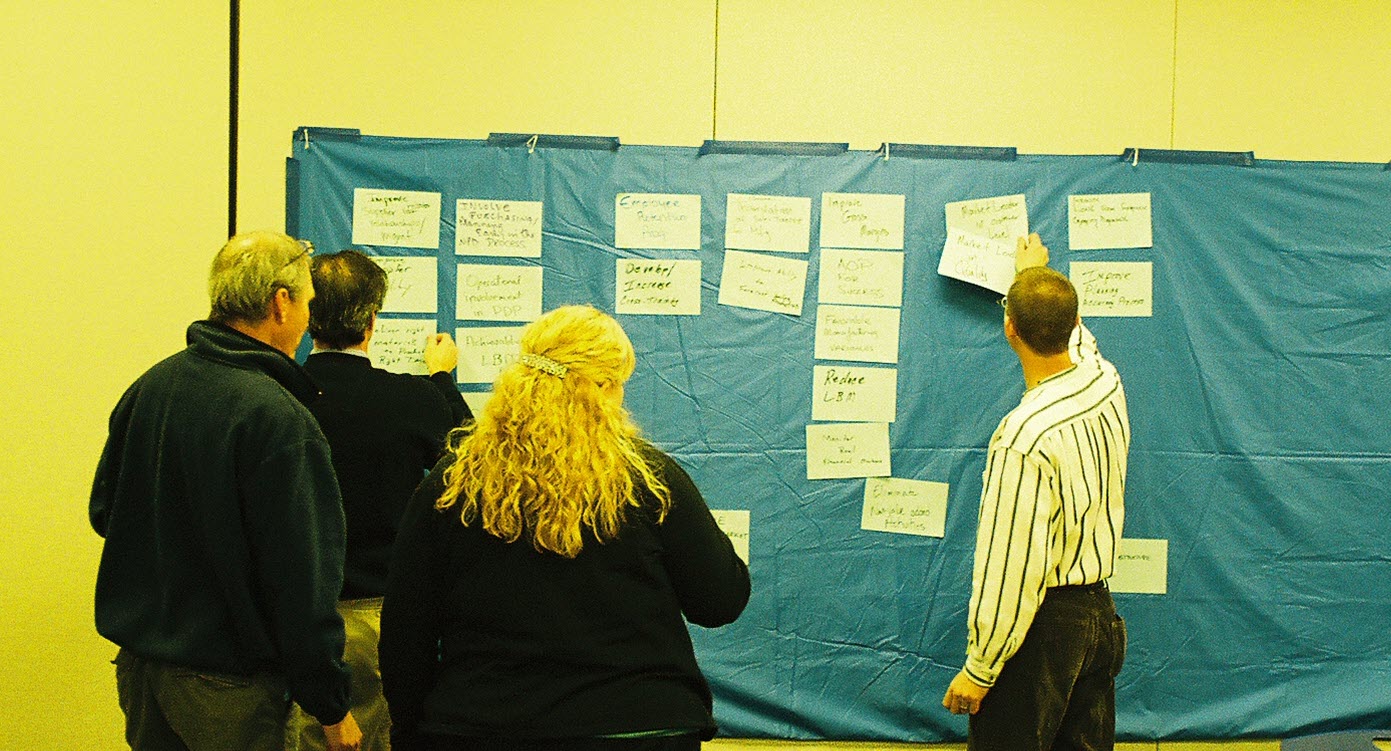Calculating Project Based Consulting Fees
Aug 19, 2021
Most new consultants start their practice charging hourly or daily fees, but it is a good practice to move as soon as possible to project-based consulting fees.
Once you have some experience in your work, project-based fees are more profitable for you and more well-defined for the client.
Project-based fees also are a perfect platform for delivering tiers of work and adding a monthly retainer.
Project-based fees are important for you as a consultant because you can,
- Avoid competition with hourly/daily fee-based freelancers
- Benefit by improving your productivity
- Create larger fees with longer client relationships
- Present project proposals that offer low, medium, and high tiers of solutions
- Include subcontractors who work at rates lower than yours
- Include business overhead and profit margin
- Prove to tax authorities that you are an independent business and not an employee
Project-based fees do have the disadvantage that if you do not correctly estimate a project or if you allow scope creep, you lose not only your profit margin, but you can lose potential income and tarnish your brand.
Create a Detailed Statement of Work
For new consultants or consultants facing a project, they have never done before, calculating a project-based fee can be difficult.
Before you can calculate your consulting fee you need a well-defined, detailed Statement of Work (SOW) – you and the client must agree on the times, deliverables, and responsibilities. If your SOW is not accurate, the client will be unhappy, and you will probably lose money. A good SOW also helps you manage scope creep.
If you have consulted on many similar projects, you can refer to your past data to help develop the new SOW and pricing.
If you have not done similar projects, you must create a list of deliverables, times, tasks, and responsibilities. The best way I have found to do this is to involve the client, the managers, and the employees in building the SOW.
If the project is short or you cannot get a client-side team to help develop the SOW, follow this same process by yourself or with a consulting partner. With fewer eyes on the wall, I have found it's always a good idea to leave the sticky note "map" on the wall until I review it again the next day. (It's amazing how you can see problems from a different point of view after a day away.)
One way to do this is using 3M Sticky Notes (r) and walking everyone through the list of deliverables, time frames, and tasks to complete them. This picture is from a walk-through with a major medical device manufacturer. Developing the project roadmap is similar to the method described in the brainstorming with Post-Its blog but the layout starts freeform and progresses to a timeline.

Use Post-It ® or sticky-note brainstorming to identify all deliverables and tasks for the project. Then estimate the time for each task and assign responsibilities.
When brainstorming a project, I first have everyone brainstorm the deliverables needed, then the tasks to complete the deliverables. Then we create a timeline on the whiteboard and work assigning tasks, times, and due dates from left to right.
Working with the client to develop a well-defined Statement of Work ensures both you and the client have discussed expectations and deliverables. For you, a well-defined Statement of Work is essential to preventing scope creep.
Identify Risks and Unknowns
When you have all the deliverables and time frames up on a whiteboard, have everyone sit back and look for risks and unknowns. Give everyone five minutes of quiet so they can discover on their own and write notes.
Then, ask for corrections or risks people see.
EVERY TIME I have done this exercise with groups, someone caught something missed in the first round. It might be a government body that needs to be informed before starting work, a missing team that should be brought in, a timing conflict that causes a deliverable delay,…
As an independent consultant who is not an omniscient Oden you can’t see everything that is missing. The more eyes you get on the whiteboard the better the project plan and Statement of Work will be.
Do online brainstorming with www.miro.com or www.mural.co
Assign Times and Costs
Now that you have all the deliverables, tasks, times, and responsibilities, you can define development time and resource costs.
Track all times, costs, and resources used. This picture is of an Excel Gantt chart I used for projects. It accounts for holidays and weekends, time on project, % complete, and email address for team or task leader.

Because the Gantt chart has a separate row for each task, you can zero (0) costs for tasks done by the client and enter separate hours and costs for tasks done by yourself or your subcontractors.
Most mid to large clients will have their own online project management software, so you should work with them to put in all responsibilities, times, and tasks.
Adjust for Subcontractors
On large projects, you should not do all the work yourself. You should assign high-experience, critical tasks to someone with that specialized expertise. You must also identify low-skill tasks you can hire to someone earning much less than your billing rate.
Adjusting for the Unforeseen
I learned the hard way that the best estimates, even for projects you are experienced with, are rarely accurate. You need to include a fudge factor.
If it is a large multi-participant project and you are familiar with the work, add at least 50%. If this is your first time with this project and you did the task/times yourself, you might even double (2X) your estimate.
Create a Tiered Project Proposal
One of the many advantages of using project-based fees is that you can add tiers of deliverables. If you are working at an hourly or daily rate and talk about adding a lot of additional work, you will look like you are trying to expand the scope to fill your wallet.
When presenting these additional tiers, you might use wording like,
“I’ve found that in addition to what we've talked about I have seen clients with these needs later have to include …”
Some of the additional tiers I have seen and have included myself are,
• Training
• Process and workflow documentation
• Project management
• Quarterly reviews
• Facilitating management reviews
• Retainers for questions and advice
Learn More in the eBook on this Topic:
Calculating and Setting Consulting Fees
Learn More in Blogs on this Topic:
Calculating and Setting Consulting Fees
9 Consulting Fee Structures to Boost Your Income
21 Types of Consultants and What they Earn